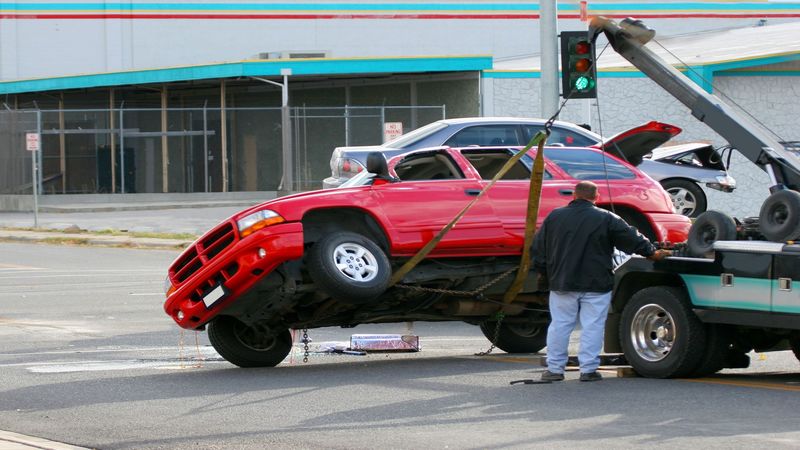When it comes to towing large trailers, whether for livestock, equipment, or recreational vehicles, safety and reliability are paramount. One of the most robust solutions for such demands is the use of Gooseneck Trailer Hitches . These hitches are designed to handle substantial weight and offer a stable towing experience. This guide will delve into why gooseneck hitches are a preferred choice for heavy-duty towing and how to ensure they are used safely and effectively.
Understanding Gooseneck Trailer Hitches
Gooseneck trailer hitches are distinct from other types of trailer hitches due to their design and mounting position. Typically, they are anchored through the bed of a pickup truck, providing a pivot point above the rear axle. This setup is essential for several reasons:
• Enhanced Stability: : The central positioning helps distribute the trailer’s weight, reducing the sway and providing better control during towing.
• Increased Towing Capacity: : Gooseneck hitches can handle significantly more weight compared to traditional bumper-pull hitches, making them ideal for heavy loads.
• Optimal Maneuverability: : The hitch design allows for tighter turns and better maneuverability on narrow roads or in confined spaces.
Key Features to Consider
When selecting a gooseneck hitch, it’s crucial to consider several features to ensure it meets your specific needs:
• Towing Capacity: : Always check the maximum weight your gooseneck hitch can tow. This should align with your trailer’s weight and the towing vehicle’s capacity.
• Locking Mechanism: : A reliable locking mechanism is vital for securing the trailer to the hitch. Look for hitches with robust and easy-to-operate locks.
• Material Quality: : Opt for hitches made from high-strength materials like steel for durability and long-term use.
• Ease of Installation and Use: : Some hitches offer features like a pop-up ball or a fold-down mechanism that can be retracted when not in use, providing convenience and flexibility.
Installation Tips
Proper installation of a gooseneck hitch is crucial for safety. Here are some tips to help ensure your hitch is installed correctly:
• Professional Installation: : If you are not experienced with such installations, it’s wise to have your hitch installed by a professional. This ensures that the hitch is securely attached and functioning correctly.
• Check Your Vehicle’s Compatibility: : Not all vehicles are suitable for gooseneck hitches. Ensure that your vehicle’s frame can handle the modifications needed for installation.
• Regular Maintenance: : Like any vehicle component, regular checks and maintenance are necessary. Regularly inspect the hitch for signs of wear or damage, and ensure all connections are tight.
Safety Practices
Ensuring safety while towing with a gooseneck hitch involves more than just a good installation. Here are essential safety tips:
• Proper Loading: : Ensure the load is evenly distributed to avoid tipping and maintain stability.
• Regular Inspections: : Before each trip, inspect your hitch system, brakes, lights, and tires to ensure everything is in top working condition.
• Driving Techniques: : Adjust your driving to accommodate the increased size and weight. Allow for greater stopping distances, take wider turns, and avoid sudden maneuvers.
Conclusion
Gooseneck trailer hitches offer superior towing capabilities and stability, making them an excellent choice for heavy-duty towing tasks. By understanding the features of gooseneck hitches, ensuring proper installation and maintenance, and following safe towing practices, you can maximize both the safety and efficiency of your towing experience. Always prioritize quality and suitability when choosing your hitch, and remember that safe towing is the result of careful planning and adherence to best practices.


